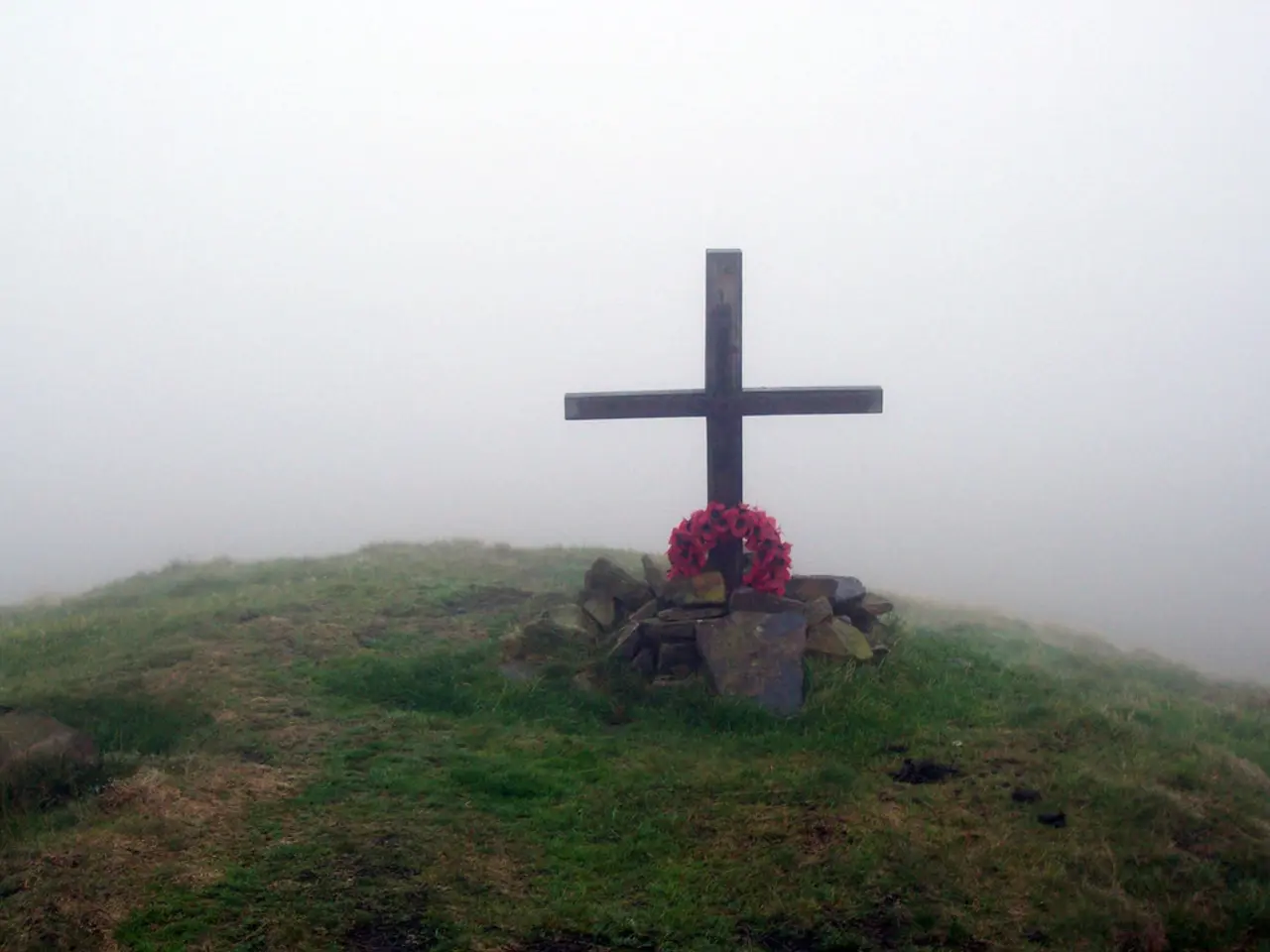Remains of a man, lost for 28 years, discovered intact within the Kohistan glacier
In a rare and poignant discovery, the remains of Naziruddin, a member of the Saleh Khel tribe, were found near the Lady Pals Glacier. The discovery was made after the glacier began to melt, and human remains were spotted at its edge by local shepherds.
Naziruddin is believed to have fallen into a glacier crevasse in 1997 while returning from Spat. He went missing approximately 28 years ago in a snowstorm. Elders in the community recall Naziruddin riding off on horseback, but his trail went cold, and extensive search efforts yielded no results.
The authorities were notified of the human remains, and the remains were confirmed to be the same individual whose trail had gone cold decades earlier. An identity card found in his pocket confirmed his identity as Naziruddin. Remarkably, his ID card and other belongings were found intact.
Upon receiving the news, Naziruddin's family rushed to the site. After nearly three decades, they were able to bury their loved one. The discovery brings a sense of closure to Naziruddin's family and allows them to find some peace.
Cases of remarkably preserved bodies found decades after disappearing in glaciers are rare but not unheard of. These occurrences are uncommon because the preservation conditions must be exceptional - cold, stable glacial ice can preserve human or animal remains well enough to be discovered and studied many years later. These cases usually surface due to glacier retreat or melting, which exposes such remains.
The discovery rekindles the sorrow of Naziruddin's tragic loss, but it also provides valuable insights into history, climate, and forensic science. As glacier retreat accelerates due to climate change, such discoveries may become more frequent, offering a glimpse into the past and shedding light on the mysteries of our world.
The discovery of Naziruddin's remains has left the local community in a state of shock. His death serves as a grim reminder of the dangers posed by the unpredictable and harsh conditions of the mountains. Despite the sadness, the community is grateful for the closure this discovery brings to Naziruddin's family.
General news about the discovery of Naziruddin's remains has sparked discussions. Reports of the remarkable preservation of his body for almost three decades are highlighting the importance of weather forecasting and climatic conditions in such instances. Moreover, experts suggest that with increasing weather-related accidents, like avalanches and fires caused by lightning strikes, in mountainous regions, it's essential to be better equipped with accurate forecasts and safety measures.







